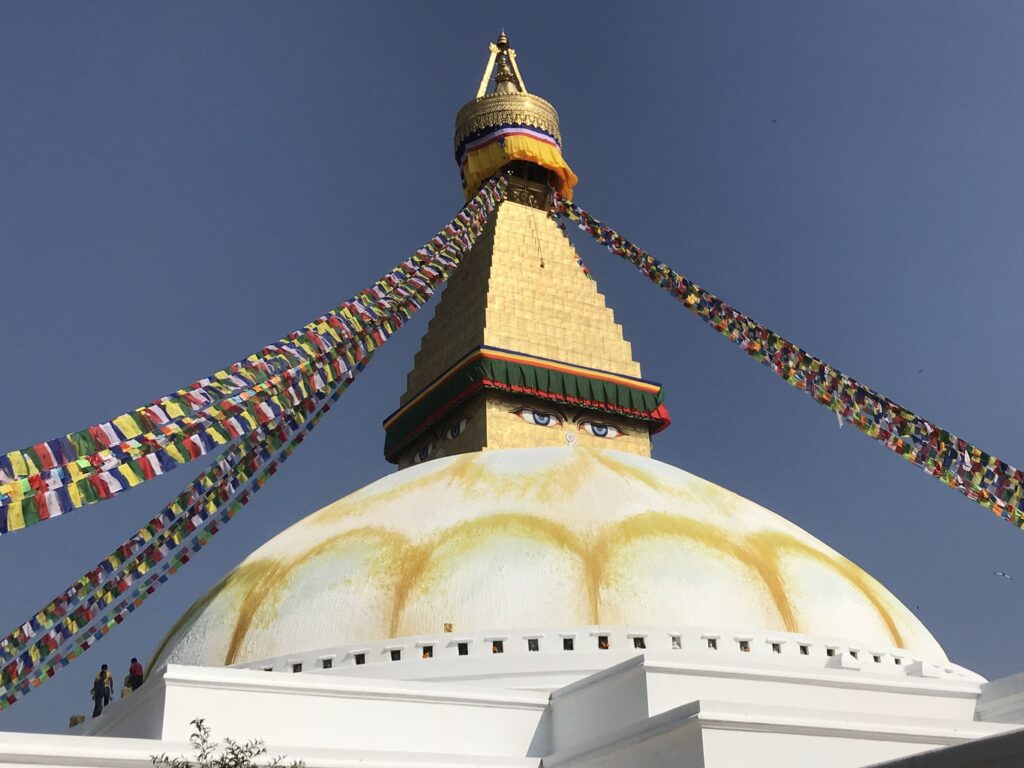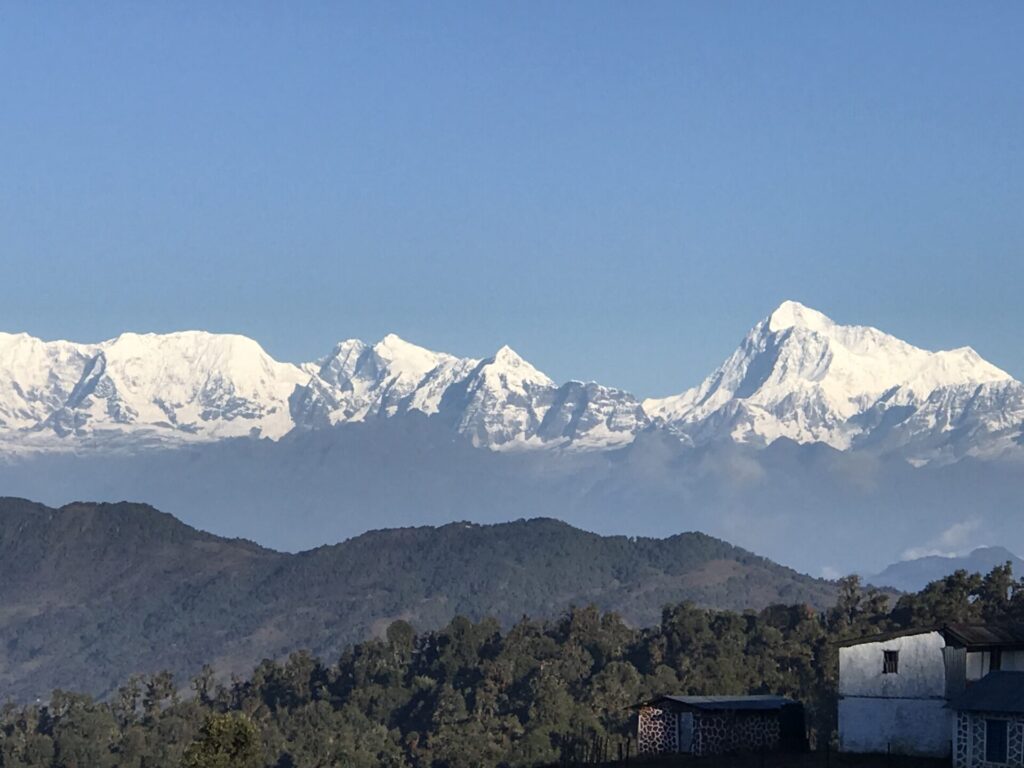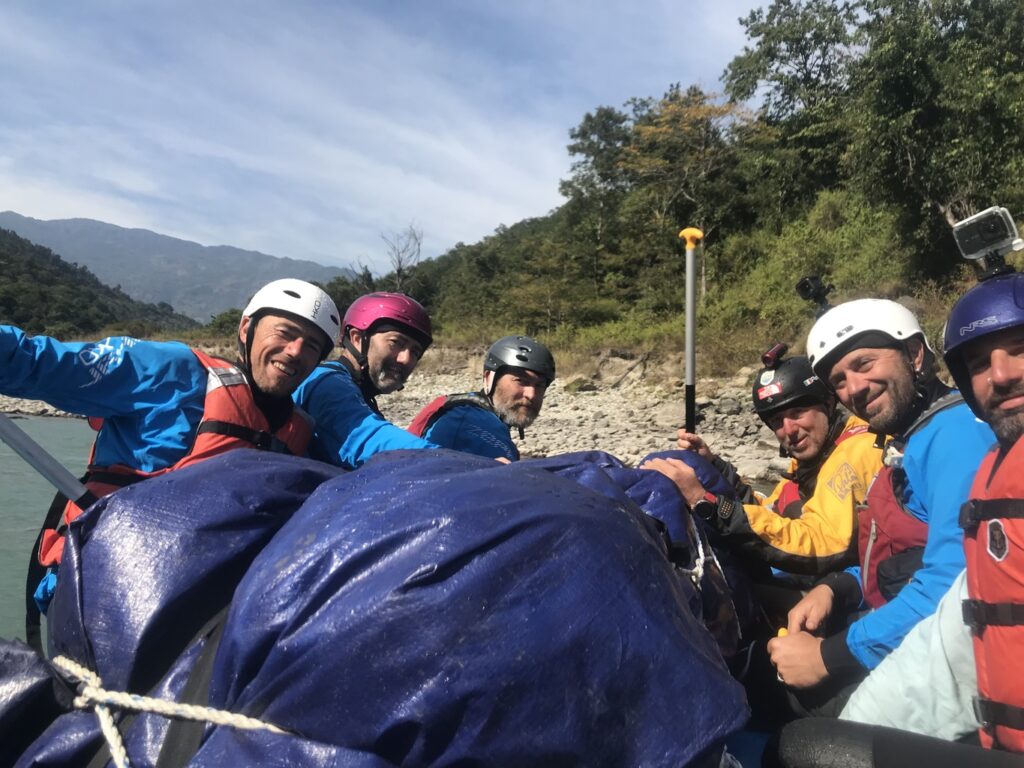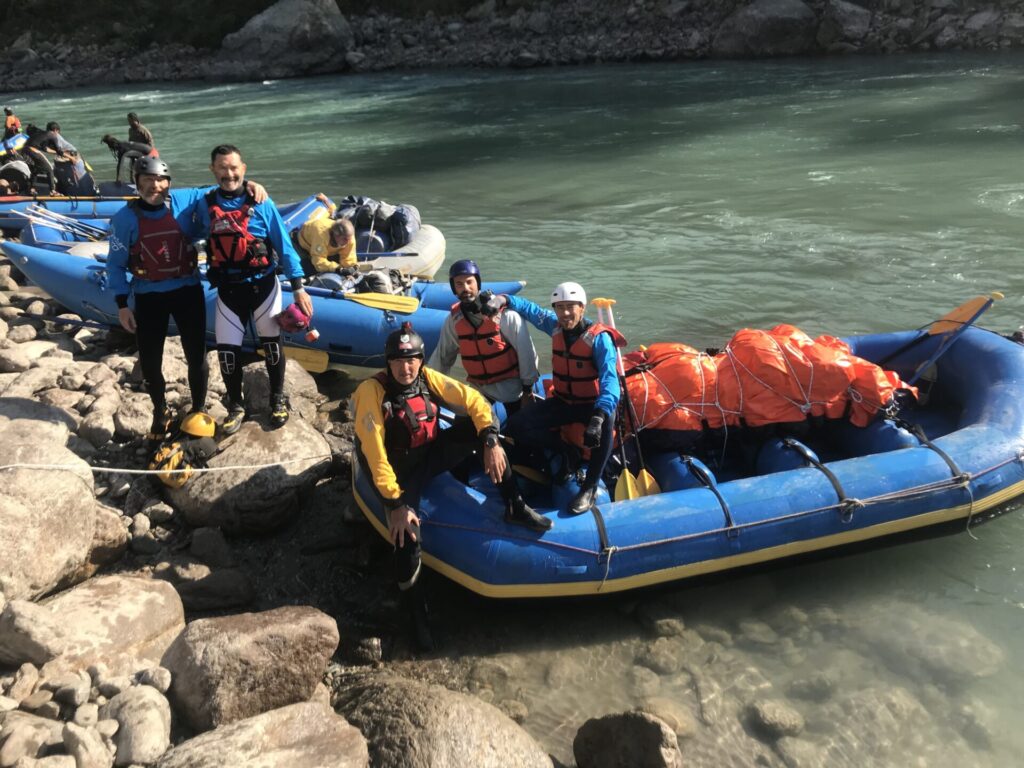NEPAL TAMUR RIVER
Nepal 2017 Expedition
Trekking and Rafting in the Himalayas
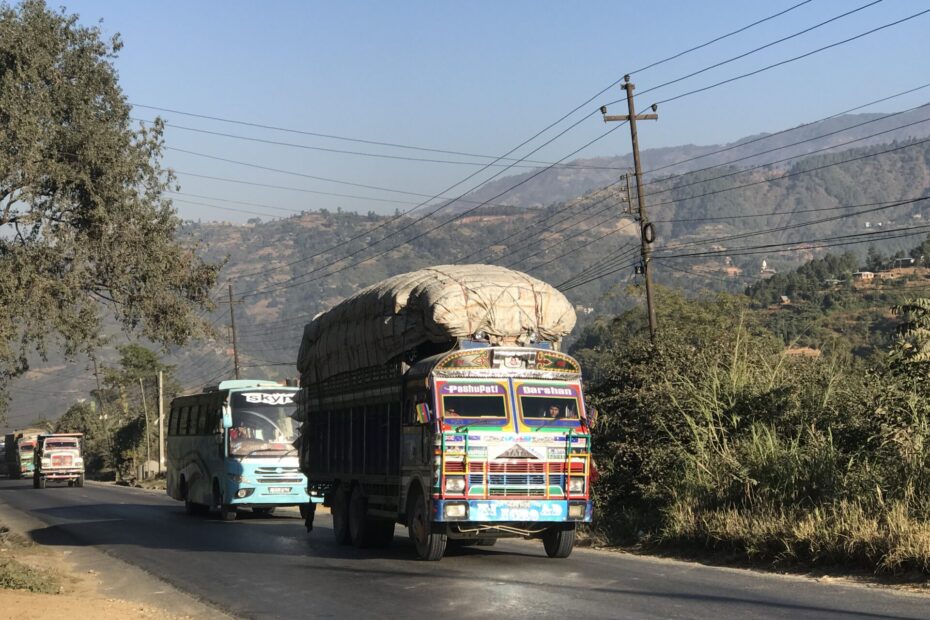
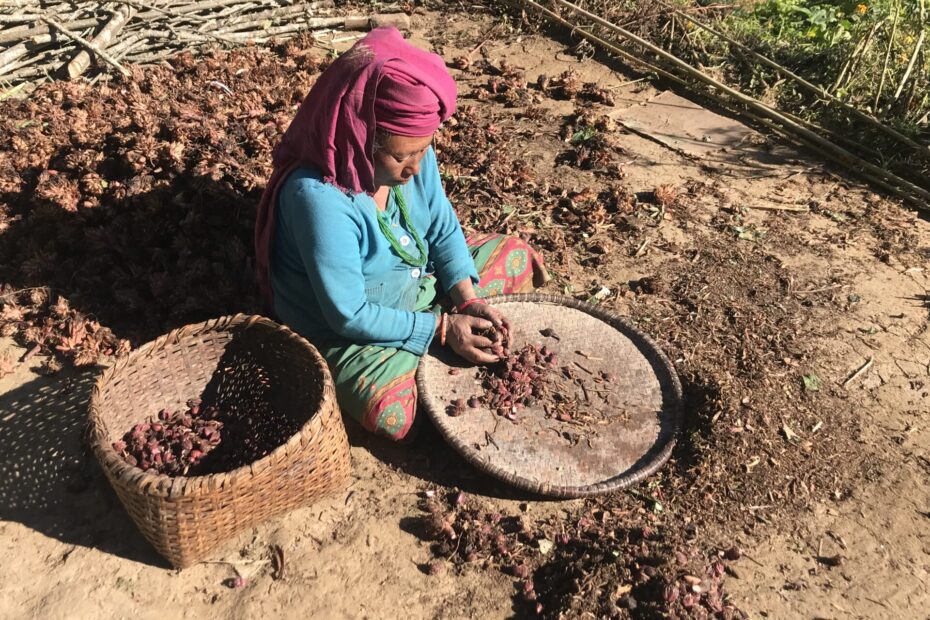
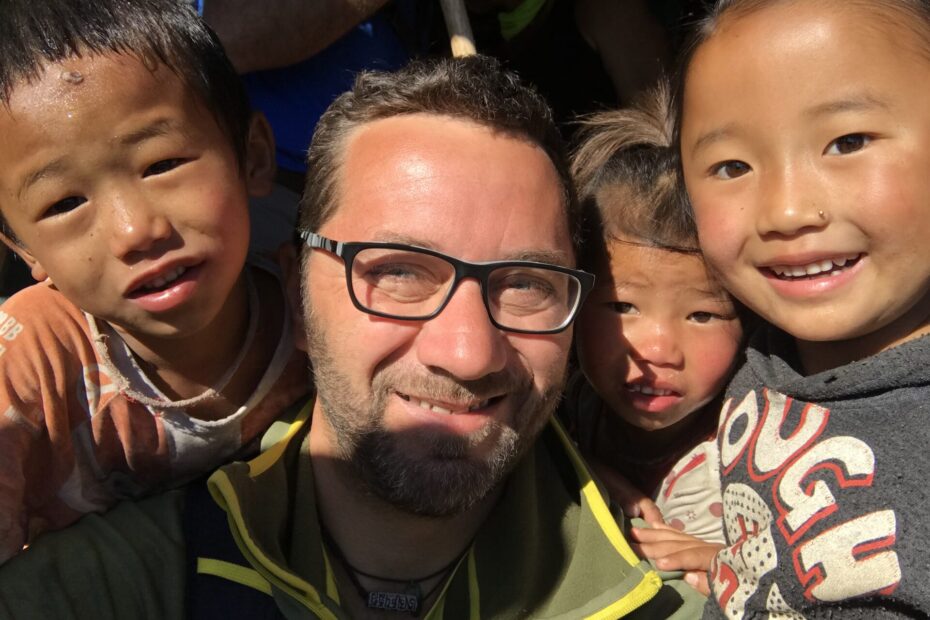
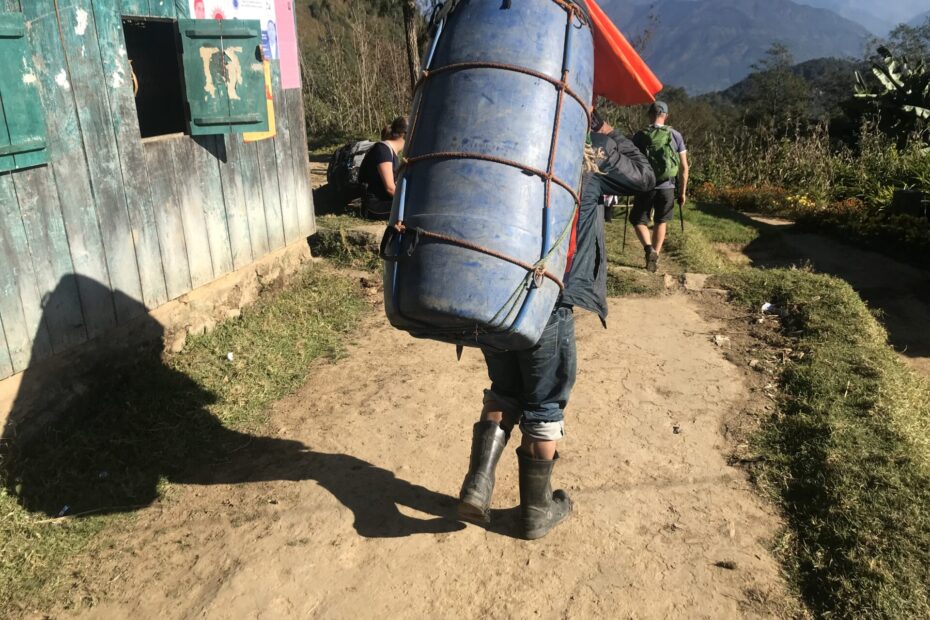
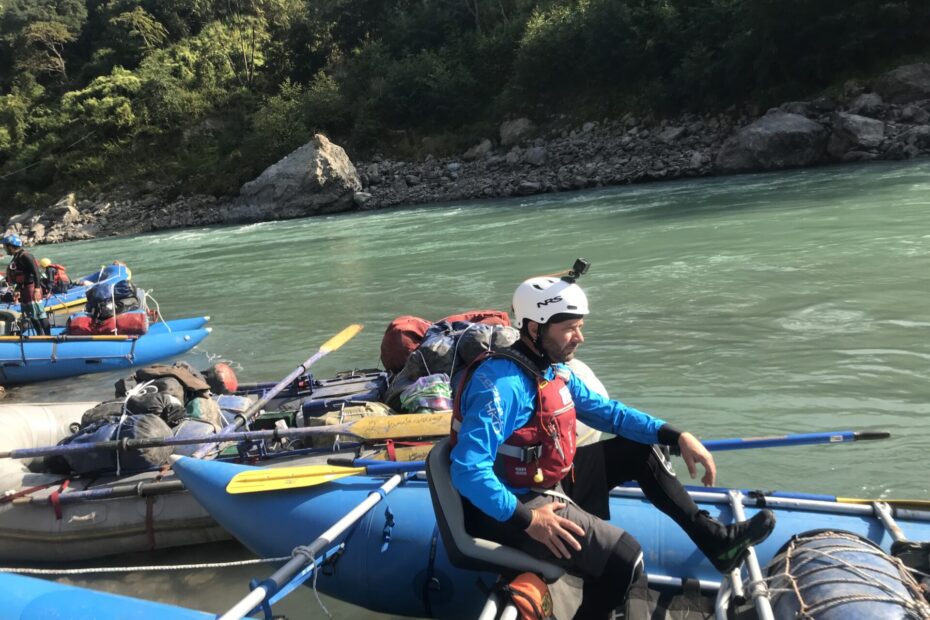
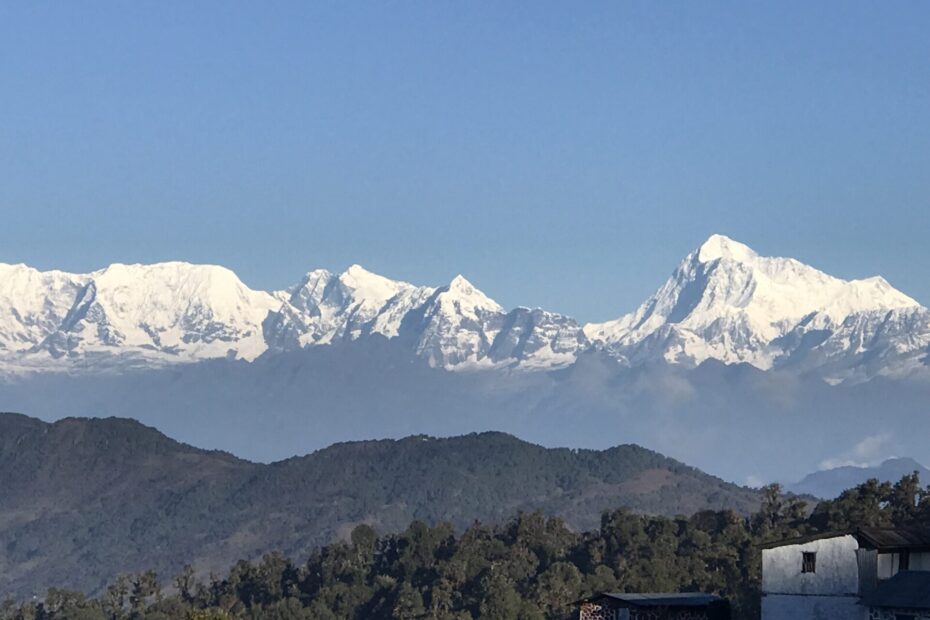
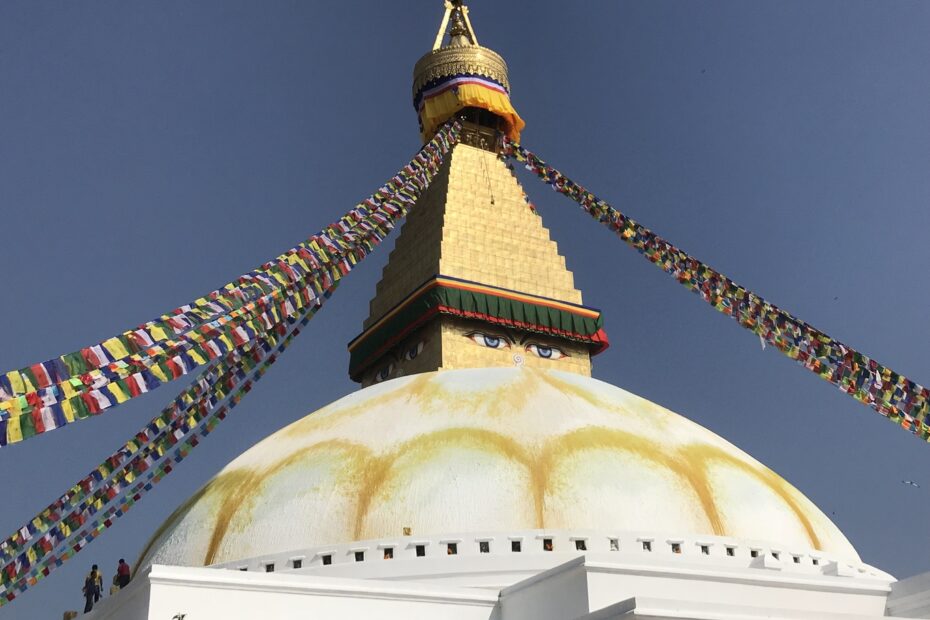
TAMUR RIVER ADVENTURE
We set off in November 2017, and there were four of us: Fabio, Michele, Giorgio, and me, along with Paolo Roverani from Canyon Park. Our journey began in Milan, flying on the beautiful Airbus A380 operated by Emirates. After 18 hours of travel, including two layovers, we landed in Kathmandu.
Kathmandu is fantastic, thrilling, and unique. A bustling city where there’s never a moment of rest: urban chaos, relentless traffic, but also an atmosphere that smells of adventure. Everywhere you go, you can feel the spirit of grand expeditions and climbers arriving from every corner of the world. Every step is an emotion.
This city, home to approximately 1.5 million people, is the cultural, religious, and economic heart of Nepal. Kathmandu is renowned as an important religious center for both Hinduism and Buddhism, hosting sacred sites such as the Pashupatinath Temple and the Boudhanath Stupa. Most of the population relies on agriculture, trade, and tourism, while craftsmanship and weaving represent other significant sources of income. The city’s history is steeped in myths and legends, and walking through its streets feels like stepping back in time.
We spent two days exploring the capital, visiting iconic places such as the historic and stunning Basantapur. This area is filled with monasteries and sacred sculptures, a fascinating place that feels like it transports you to another world.
On the third day, we took a flight to reach the foothills of Everest. From there, our trekking adventure began, supported by the incredible assistance of the Sherpas. The trek lasted five days: every evening, we set up our tents in a different location, always under the majestic gaze of Everest.
The trek often proved to be hostile and tough. We usually walked 4-5 hours a day, crossing enchanting mountains and forests. The descent seemed endless: we had to stop frequently to rest our knees and legs. Thankfully, the organization was flawless in every way. Along the way down, we stopped to visit small farming villages, where the locals still manually cultivate rice, legumes, and all kinds of vegetables. Their kindness and the joy in their smiles when they saw us were a profound source of happiness, capable of rejuvenating us and giving us the strength to carry on.
The nights in the tent were magical: the sky, so starry and unique, felt like it could carry you among the constellations. Around us, only a few small fires could be seen in the nearby villages. We always ate something fresh and delicious, thanks to the Sherpas, who brought along a field kitchen and a refrigerator with ice walls to keep the food preserved.
Once we reached the valley, we prepared to tackle 130 km of rapids. Yes, you heard that right: 130 km of rapids, covered in six days with an average of 4-5 hours of navigation per day. The rapids were mostly Class 3, 4, and 5, with impressive volumes of water reaching 300 cubic meters per second—a true four-lane highway moving with the force of a freight train.
The Tamur River, which we navigated, originates at the foot of Mount Kanchenjunga, the third-highest peak in the world. Its course stretches for about 131 kilometers before merging into the Saptakoshi. This river flows through deep valleys and breathtaking landscapes, creating challenging and spectacular rapids—a true paradise for adventure enthusiasts.
The team from Totem Adventure was skilled and reassuring at all times. The guides, led by our friend Davide Alemanni, were not just rafting guides—they were true masters of the craft. Right after we set off, the first rapid immediately put us to the test, partially throwing us into the water. Fabio and I ended up drifting about 500 meters in the river, at times desperately clinging to the raft’s perimeter rope. Once back on board, we looked at each other seriously, as if we had just seen a monster. In truth, it wasn’t a monster, but the Tamur itself showing us what it was made of!
At the end of each day’s navigation sessions, we began setting up our camp. There were tents for sleeping, tents for gear, and a campfire that kept us warm during the freezing nights, with temperatures dropping to 0 degrees, while daytime temperatures reached up to 25 degrees. Dinner was always around the fire—a special moment where we shared stories from the day: the most thrilling moments on the rapids, our travels, adventures, and the challenges we had faced on the river.On the final day, we faced the HSCRAM rapid, classified as Grade 5 and considered one of the most powerful in the world. Before running it, we conducted thorough scouting to identify the correct lines. With adrenaline pumping and safety kayaks in position, we tackled the rapid perfectly. I won’t hide that it was an incredibly powerful emotion. Personally, I celebrated like a kayaker winning an Olympic medal. The feeling of conquering this final rapid, after six days of navigation, was so intense it made me laugh and cry at the same time.
Continuing our journey, still navigating, we reached the confluence with the Saptakoshi River, which gathers seven waterways flowing from the mighty Himalayan mountains. The Saptakoshi, almost at the plains, is surrounded by majestic mountains and led us to the city of Kosi, near the border with India. Here, we disembarked, welcomed by the village and our bus that would take us back to Kathmandu.
The return journey took 12 hours on city roads, mostly unpaved and winding. Once we reached the capital, we spent our final night together, celebrating the great success of our expedition with a special dinner. Sleeping in a comfortable hotel bed was the perfect conclusion to this incredible adventure.
This journey was an unforgettable adventure, an experience that profoundly enriched each of us.
“LIFE IS A JOURNEY, AND THOSE WHO EXPLORE IT TRULY LIVE TWICE”
